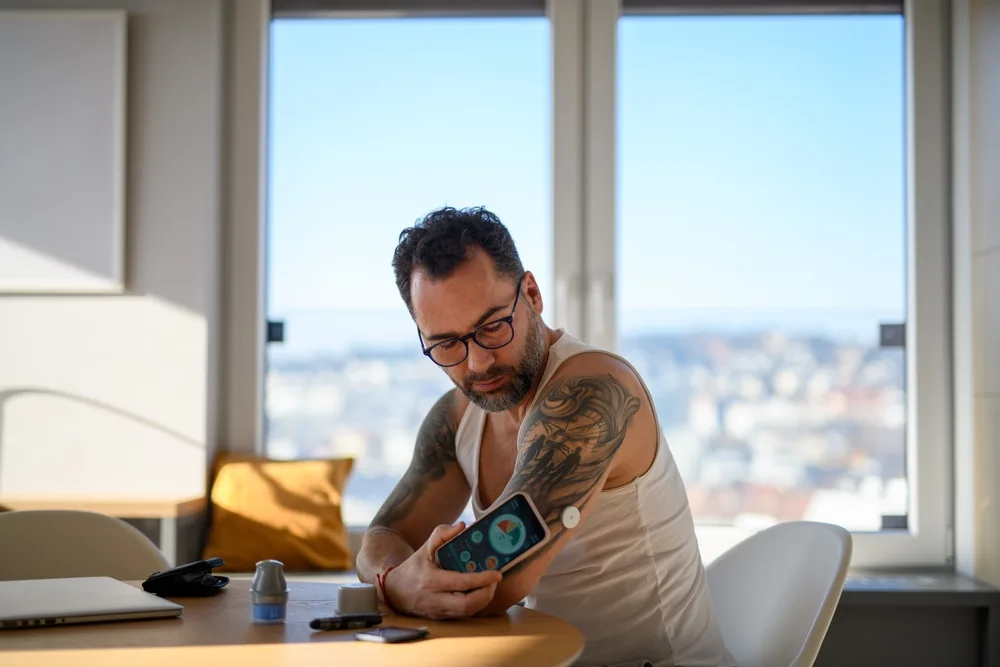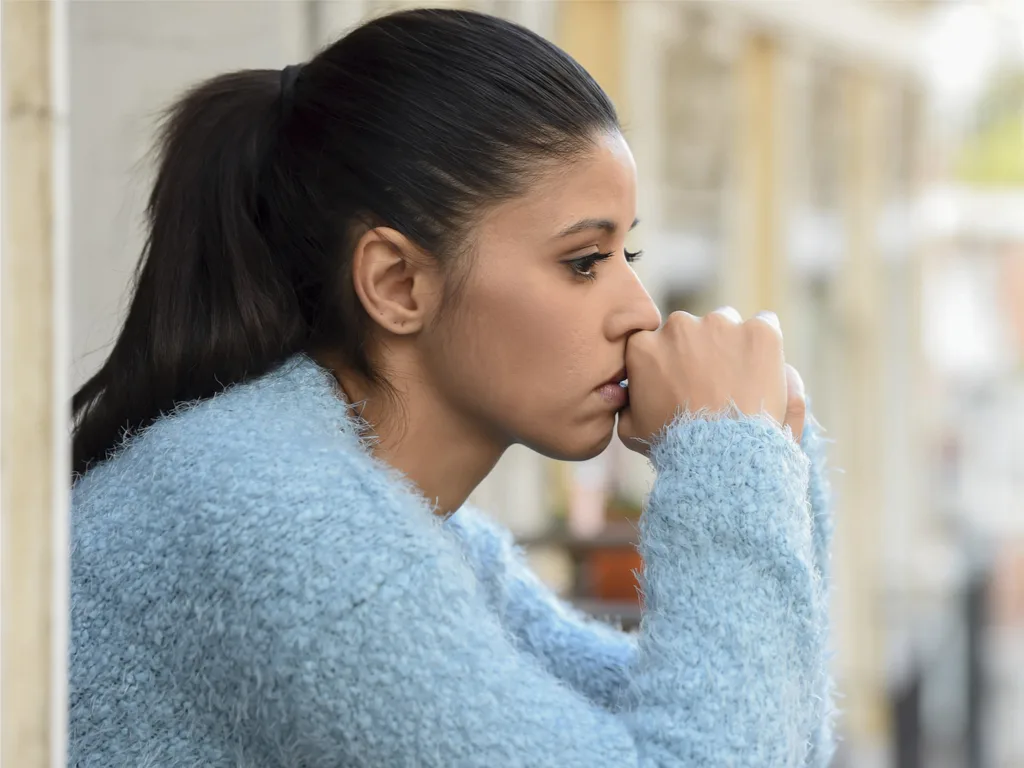
If you are feeling sad this winter and have less energy than you had in the summer and spring, you may have seasonal affective disorder, commonly known as SAD. This is a type of seasonal depression that begins to affect certain people in the later months of the year, as the days get colder and darker. For this reason, SAD is sometimes known as winter depression.
What Causes SAD?
No one has pinned down the exact cause of seasonal affective disorder but most medical experts agree that a decrease in sun exposure plays a role in the condition. The American Psychiatric Association (APA) has stated that SAD may come from a biochemical imbalance in our brains caused by a disruption in our biological clocks from having fewer hours of sunlight as we reach the end of the year.
The amount of daily sunlight that we experience can have an effect on our levels of serotonin, a neurotransmitter that can have an impact on our moods and has been linked to depression. People who live closer to the equator and experience more consistent sun throughout the year tend to have a lower risk of developing seasonal affective disorder than someone who only experiences a small amount of sunlight during a winter day. For example, someone in Canada is more likely to develop SAD than someone in Florida.
There may be other factors that go into whether someone develops seasonal affective disorder. Some experts believe that this winter there are more people than usual who are experiencing SAD as a result of the social isolation forced by Covid-19.
What Are The Symptoms?
The symptoms of SAD are similar to other forms of depression, except that they only occur seasonally. Usually someone who is experiencing SAD will begin to feel symptoms in October and November, up until March or April.
Here are some of the signs that you may be suffering from SAD:
- You have difficulty concentrating.
- You feel sad and hopeless but you do not know why.
- You become irritable more easily.
- You are tired during the day.
- Your sex drive has decreased.
- You often feel lethargic.
Treatment for SAD
Do not feel guilty if you feel like you might be suffering from SAD. It is not your fault and you should not feel ashamed in seeking help for it. In fact, you can feel proud of yourself for caring about your mental well-being. There are lifestyle changes you can make that may help combat seasonal affective disorder. In some cases, your doctor may even suggest medication to help you feel better. You also may want to try a seasonal affective disorder lamp.
Lifestyle Tips for Dealing With SAD
Seasonal affective disorder is similar to many other conditions in that its symptoms have a chance of being reduced if you make a few balanced lifestyle decisions. Eating a healthy diet that is low in sugar but rich in veggies, fruits, and lean proteins may help improve your outlook and reduce some of the feelings resulting from SAD. Regular physical activity, whether it’s a low-impact walk or an intense cardio session, can also help. You probably will not be surprised to hear that getting a good night’s sleep can also help minimize the effects of SAD.
Use Light Therapy To Improve Your Mood
Since seasonal affective disorder is likely caused in part by a reduction in sunlight, adding more light into your day could be key in reducing the symptoms of SAD. Many medical health experts suggest sad light therapy for people who are experiencing the condition. This is not the type of therapy where you sit in front of a person and talk (although that can also help with SAD). Light box therapy is when you sit in front of a light box therapy lamp for a period of time, in order to make up for some of the lack of sun in the winter.
It is not safe or effective to use just any light source for a seasonal depression lamp. There are particular types of lighting used for light box therapy, these are often called light therapy boxes or SAD lamps. You can find sad lights in a wide range of shapes, strengths, and prices with a quick internet search. You may also be interested in a dawn simulator, a light activated by a timer to mimic the sunrise.
A Plant May Help You Feel Better
Some studies have shown that working in a garden can help reduce feelings of depression. When we feel alone and sad, it can make us feel better to take care of something else. Even finding one or two houseplants to tend to and watch grow during the winter could be a welcome distraction that may help fight the effects of seasonal affective disorder.
Meditation
In the past decade, meditation has become increasingly popular in the Western world, with many people studying it for its effect on mood and well-being. Learning how to focus and relax through meditation may help lessen the negative feelings caused by SAD. These days, there are many meditation apps, like Headspace and Calm, that have meditation sessions specifically designed to brighten your mood.
Medication & Therapy
If you feel like you are suffering from seasonal affective disorder, it is probably a good idea to talk to your doctor about what you are experiencing. You do not need to suffer alone. Your doctor may recommend that you begin talk therapy sessions or in some cases they may want you to start taking an antidepressant medication, such as Prozac or Wellbutrin.
Your doctor can suggest medication for SAD but it is up to you to decide whether you want to take it. Some people find that having a prescription just for the winter months when they are experiencing SAD symptoms works well for them and they do not need to take medication in the spring and summer. If you think you might like to go this route, it is important to retain open communication with your doctor so that they can direct you on how to stop or lessen your prescription in the spring. It can be dangerous to stop taking a prescribed medication without medical advice.



